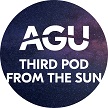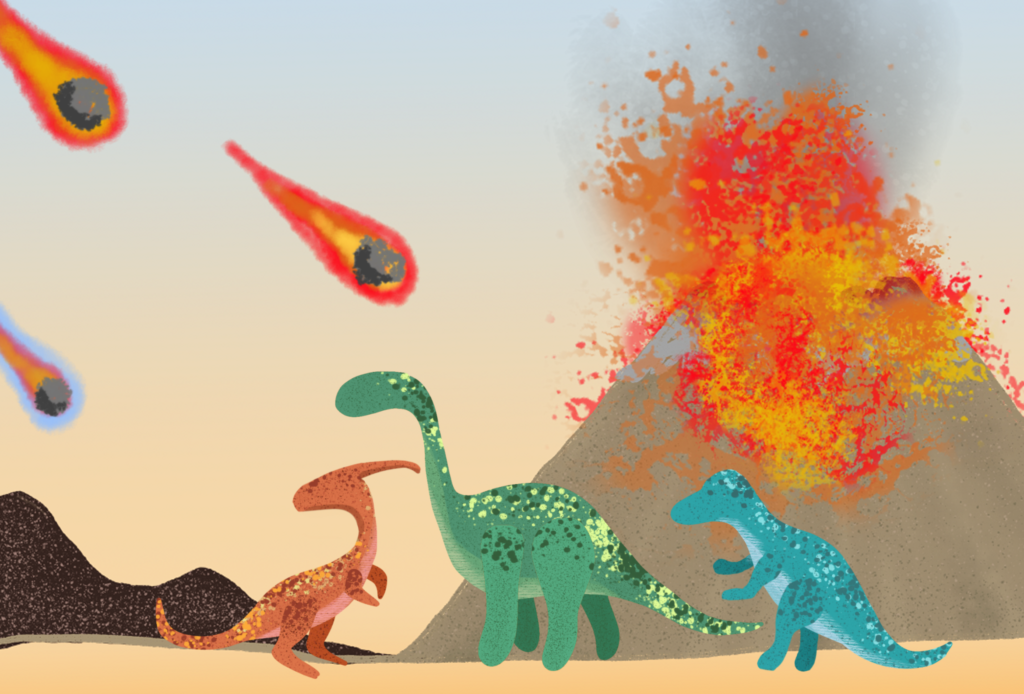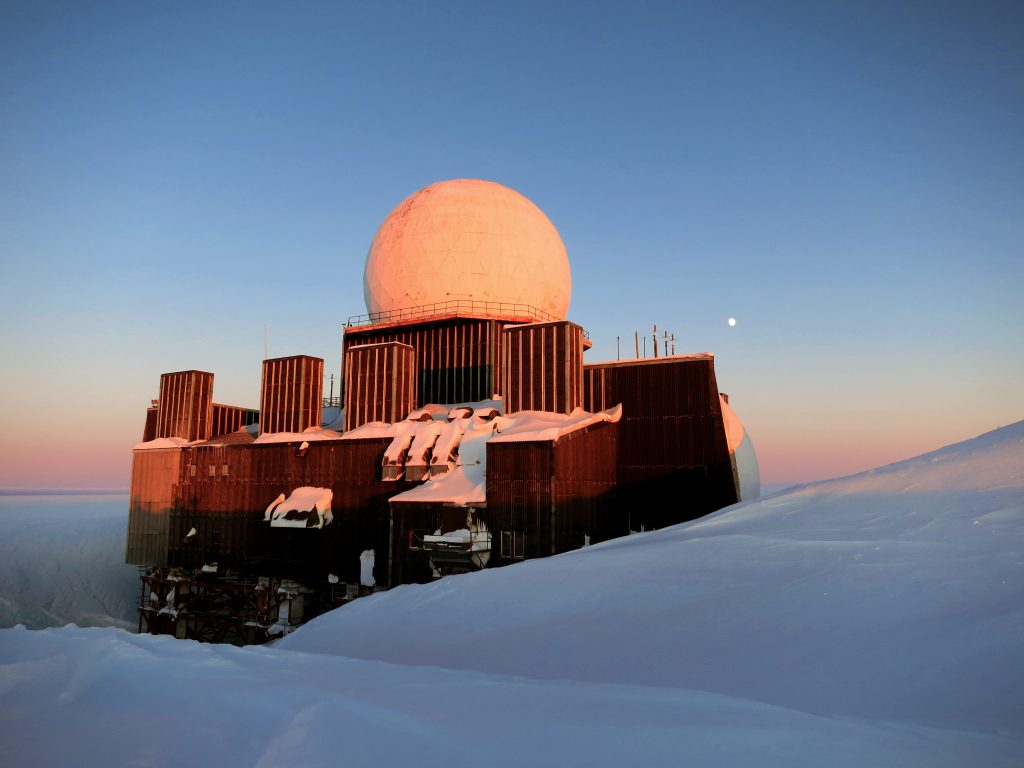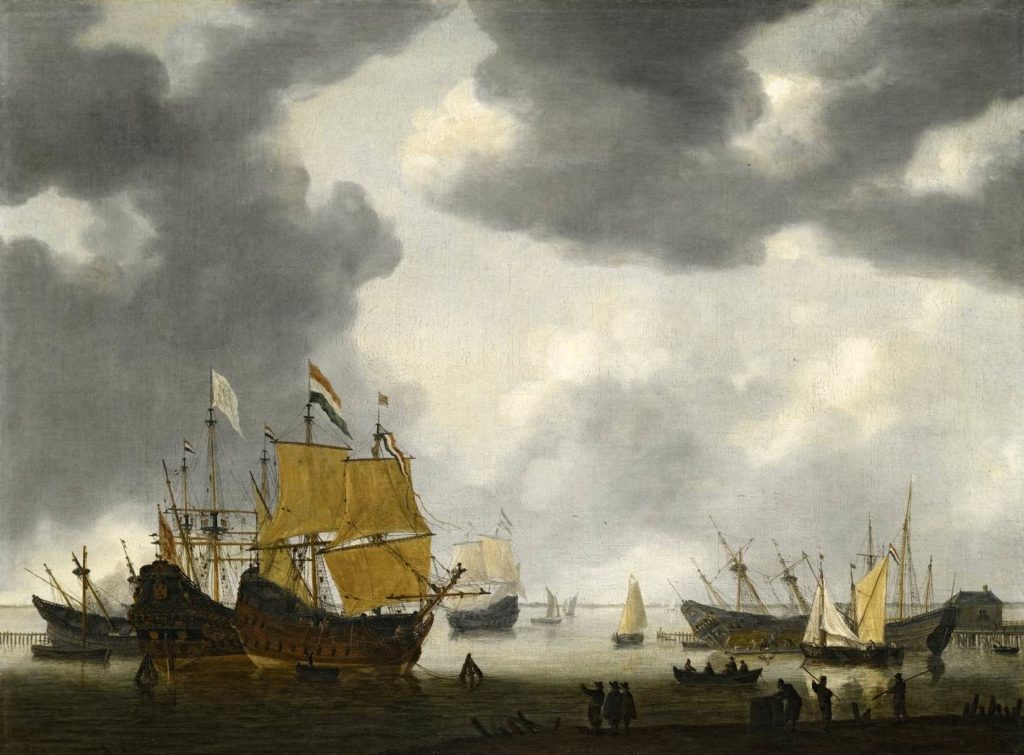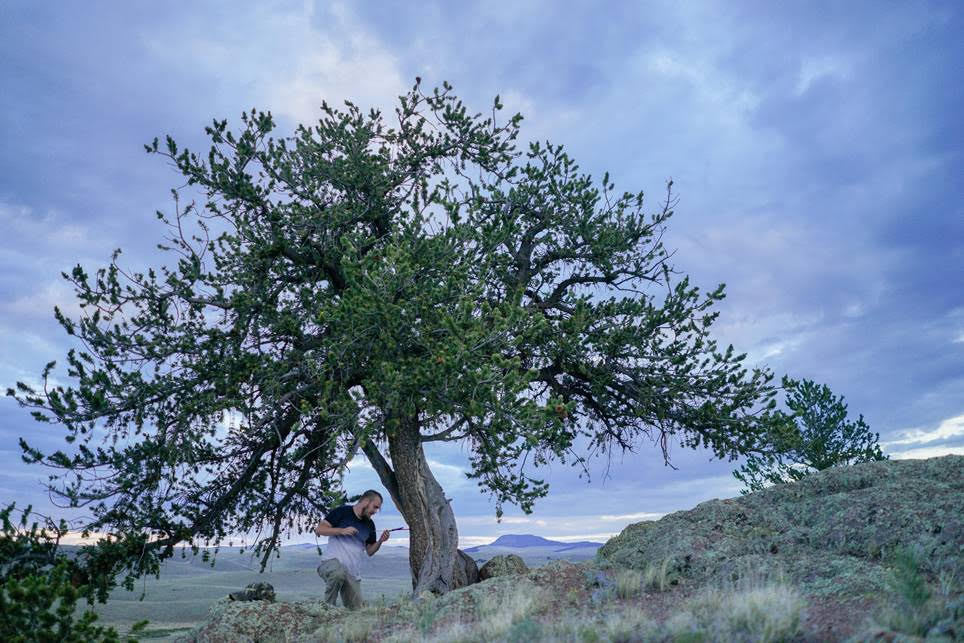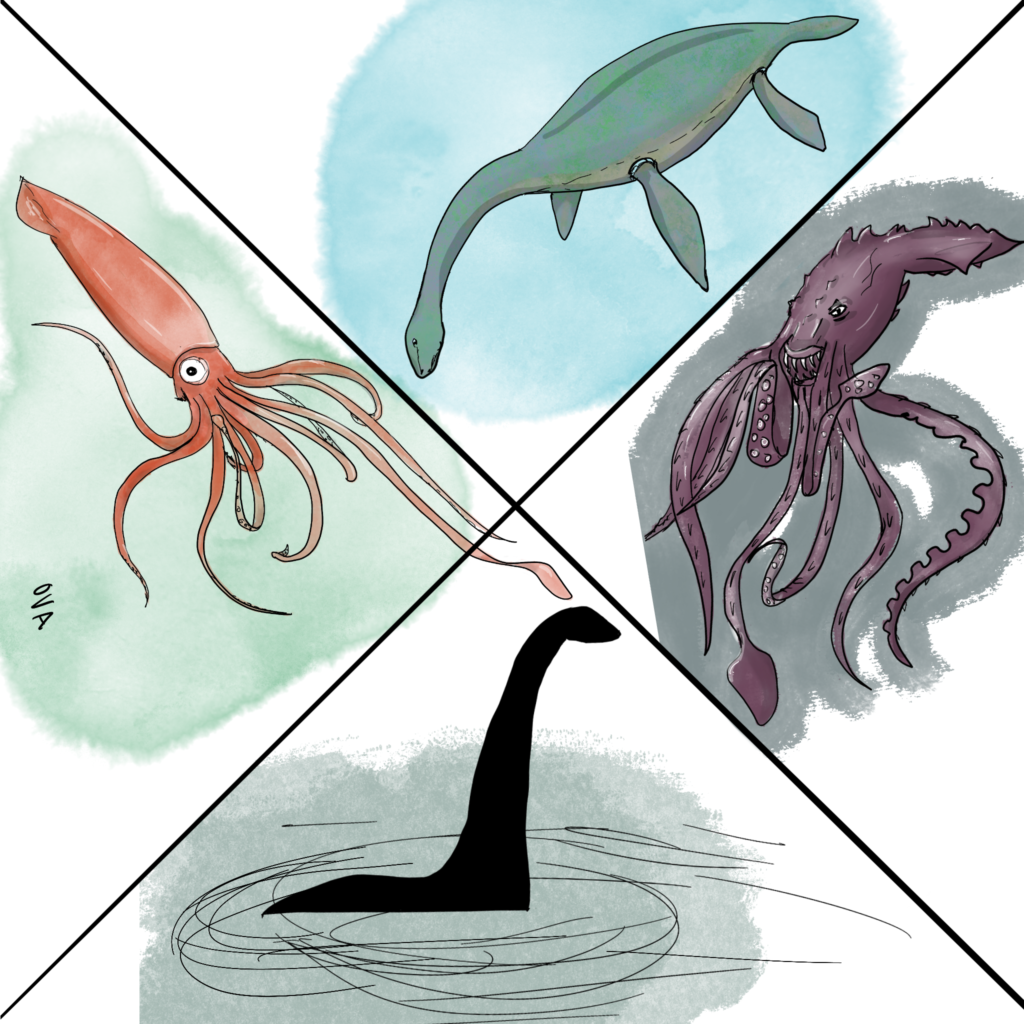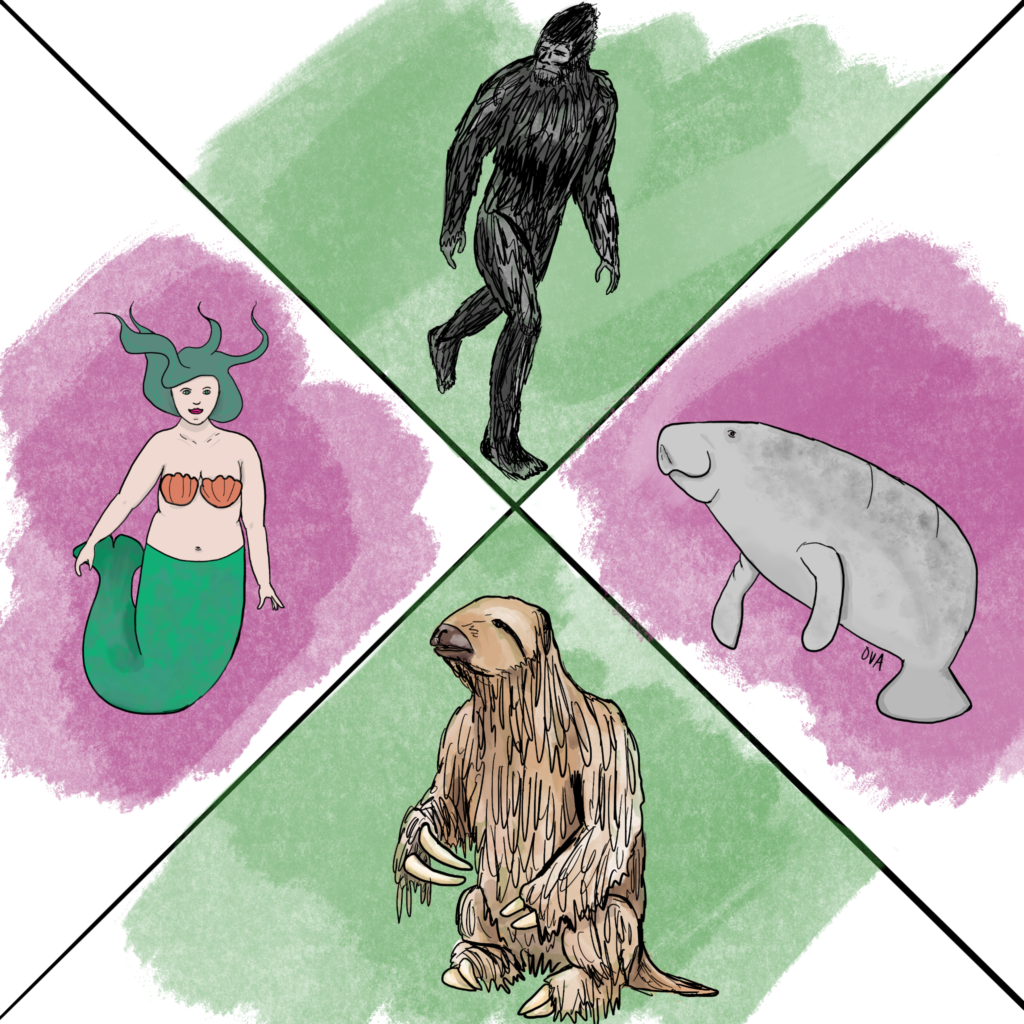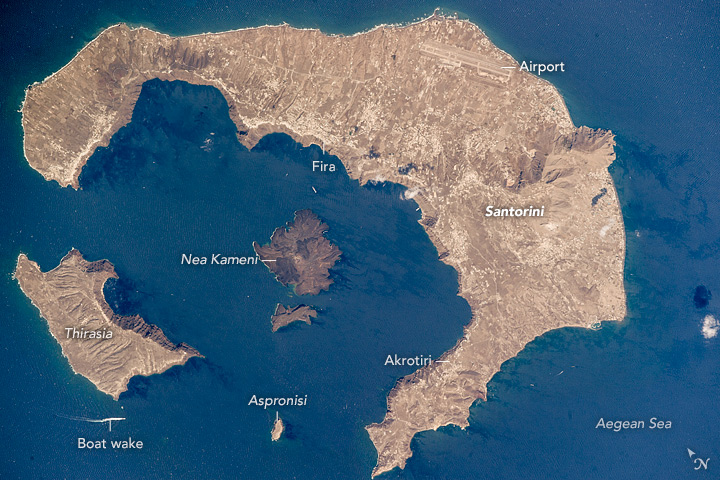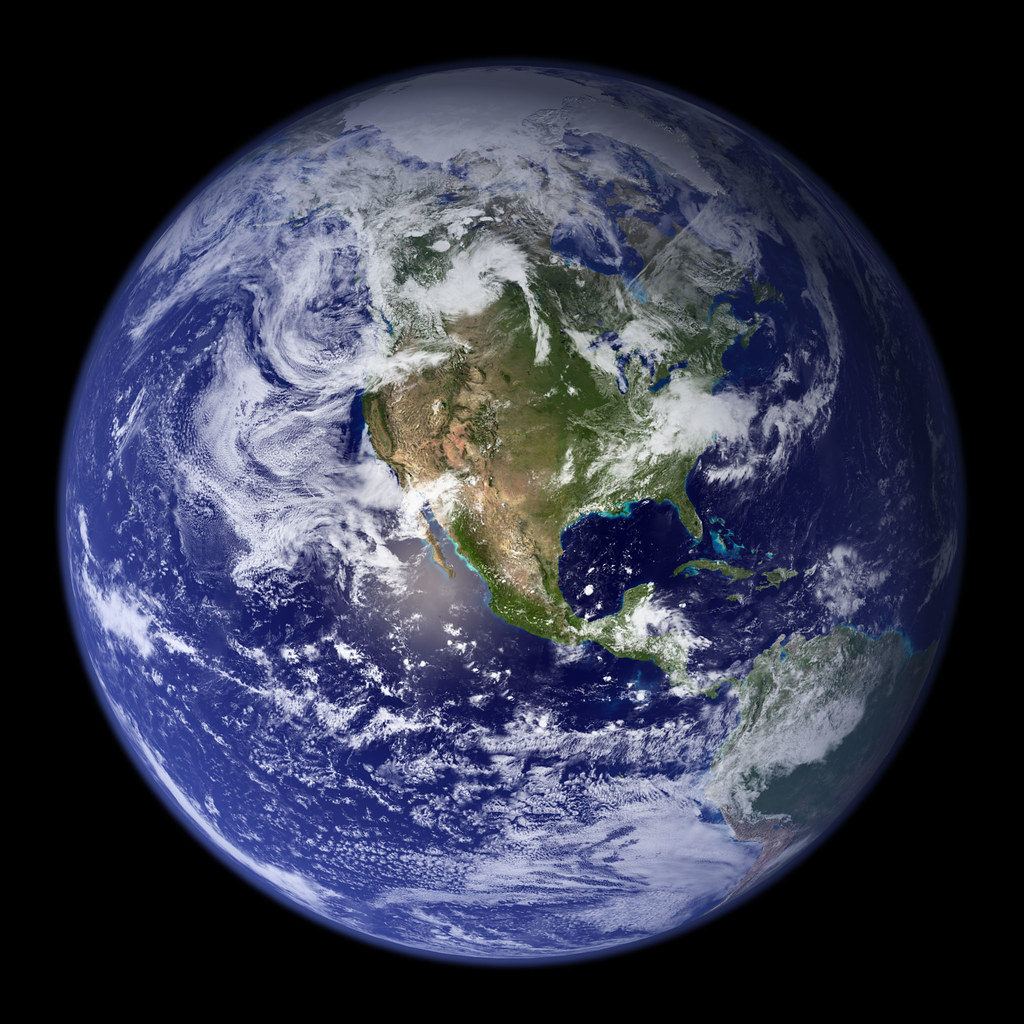History
7-Extinctions: Dinosaurs, a Big Rock, and…Climate Change?
When you hear the word “extinction,” chances are you probably think of the extinction of the dinosaurs and a big rock. But did you know that there were other factors at play that lead to that extinction including volcanos and sea-level rise?
Read MoreStaff Picks: Toxic City Under the Ice
In 1959, the United States built an unusual military base under the surface of the Greenland ice Sheet. Camp Century was a hub for scientific research, but it also doubled as a top-secret site for testing the feasibility of deploying nuclear missiles from the Arctic. When Camp Century was decommissioned in 1967, its infrastructure and waste were abandoned under the assumption they would be forever entombed beneath the colossal sheet of ice.
Read MoreStaff Picks: The Johnstown Flood
The Johnstown Flood occurred on May 31, 1889, after the failure of the South Fork Dam, which is located on the south fork of the Little Conemaugh River, 14 miles upstream of the town of Johnstown, Pennsylvania. The dam, constructed to provide a recreational resource in part to support The South Fork Fishing and Hunting Club, broke after several days of extremely…
Read MoreScientists Mine 16th Century Ship Logs for Geophysical Research
As ships explored the world from the Age of Sail through 20th century, mariners kept detailed navigation records using the Sun and stars. Scientists scoured these ship logs, many of which are preserved in European libraries, for clues about Earth’s magnetic field. The work, published in 2000, created the first-ever magnetic field map for the past 4 centuries.
Read MoreWhat Tree Rings Can Tell Us About the U.S. Civil War
Many of us know that tree rings can tell us how old a tree is. But there’s so much more we can learn from these seemingly simple lines.
Read MoreSpecial Release: Mythical Monsters and their Real-life Inspirations (Part 2)
In this episode, the second in a two-part series, we chatted with Rodrigo Salvador, Curator of Invertebrates at the Museum of New Zealand, about the connections between giant squids and the Kraken, and Danielle J. Serratos, Director/Curator of the Fundy Geological Museum, about the links between prehistoric aquatic reptiles and the Loch Ness monster, respectively.
Read MoreSpecial Release: Mythical Monsters and their Real-life Inspirations (Part 1)
We’ve all heard stories about fantastical creatures that people swear they’ve seen and have evidence of but can never be confirmed. Think Bigfoot or the Loch Ness monster. Mermaids or the Kraken. While there’s no evidence backing the existence of these creatures, either in present day or at any point in the past, there must be a reason why such legends were created in the first place. In most cases, the legend in grounded in fact.
Read MoreThe unusual relationship between climate and pandemics
Well-documented torrential rains and unusually cold temperatures affected the outcomes of many major battles during World War I from 1914 to 1918. Poet Mary Borden described the cold, muddy landscape of the Western Front as “the liquid grave of our armies” in her poem “The Song of the Mud” about 1916’s Battle of the Somme, during which more than one million soldiers were killed or wounded.
Read MoreEscape from Thera
About 3,600 years ago, a colossal volcanic eruption blew apart the Greek island Thera, now the popular tourist destination known as Santorini. Falling volcanic rock and dust buried the Bronze Age settlement Akrotiri, on the south side of the island, preserving multi-story buildings, frescoes, tools, furniture and food, until archaeological excavations uncovered them in the last century, much like the eruption of Vesuvius in 79 CE famously buried Pompeii and Herculaneum. But unlike the Roman cities, Akrotiri has a notable lack of bodies.
Read MoreThird Pod Presents: Sci & Tell – Earth Day at 50, Stories from NASA
This year is the 50th anniversary. To celebrate, we chatted with over a dozen NASA scientists about what Earth Day means to them in this special compilation episode!
Read More